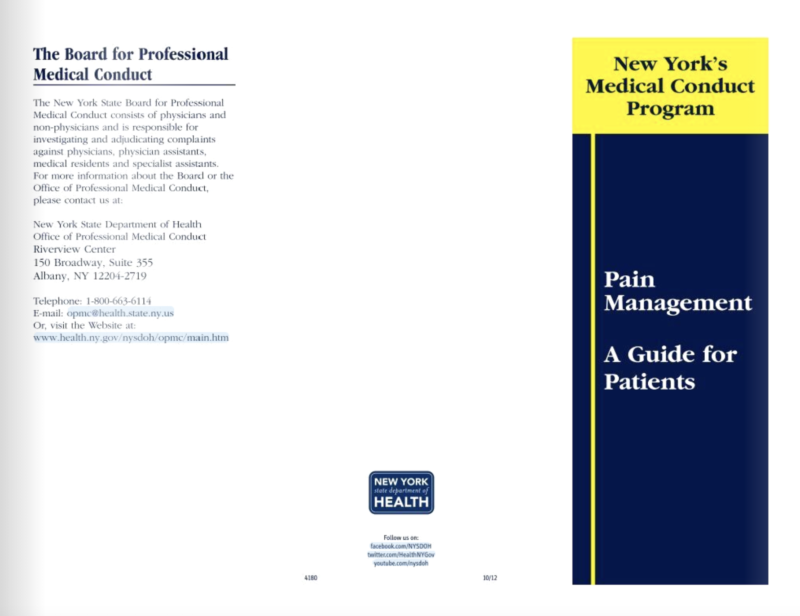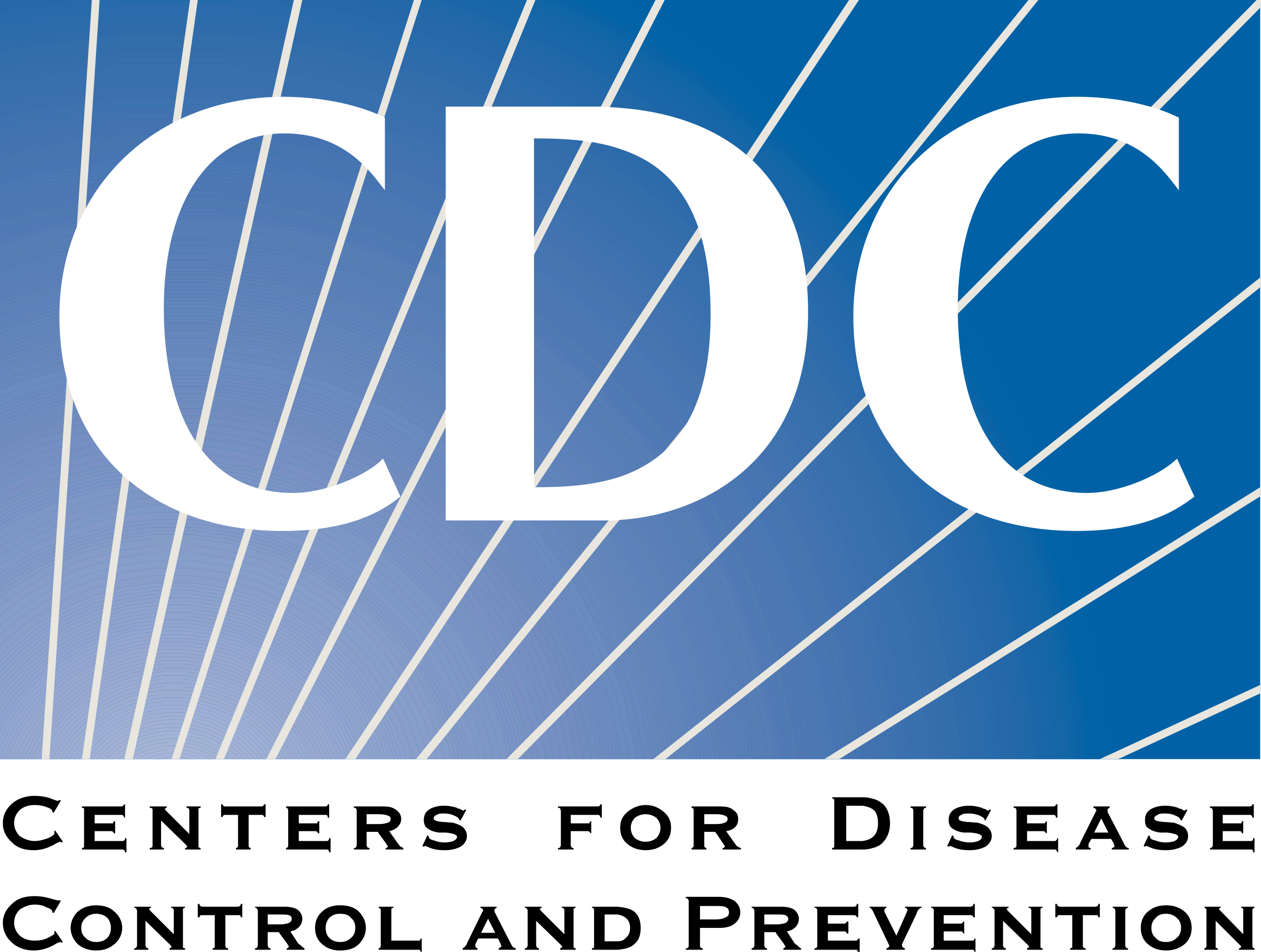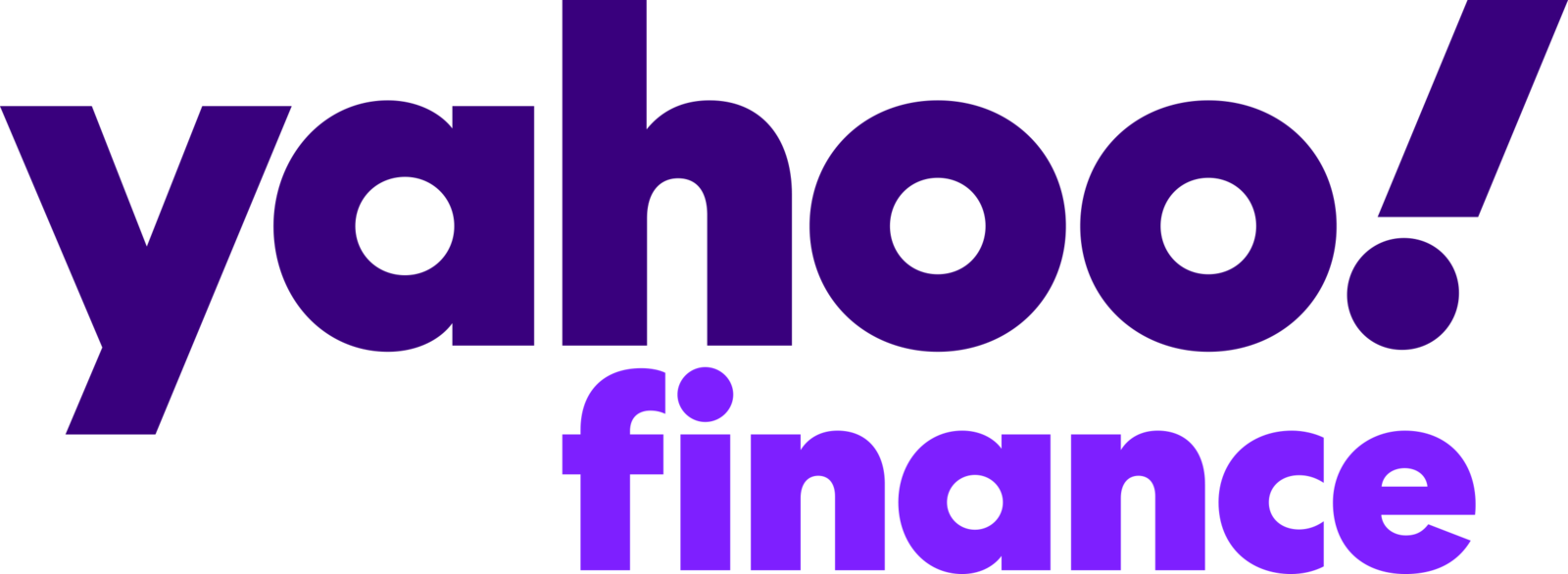Iatrogenic Addiction
Addiction to medications used properly under doctors’ supervision is known as iatrogenic addiction. Despite the narrative told by the media, studies show that for patients treated with prescription opioids, the risk of iatrogenic addiction is low. Studies also show the most common source for people who misuse opioids is to obtain them from friends/relatives – not doctors.
“Skewed Public Conversation Around Opioids”
“What we cannot ignore is that improper use of prescription opioids led to many of these deaths; few deaths occurred when individuals used pharmaceutical opioids as prescribed. We also cannot disregard that chronic pain affects millions of Americans. It is a persistent and costly health condition, and opioids are currently a vital treatment option for pain. The U.S. Food and Drug Administration (“FDA”) has endorsed properly managed medical use of opioids (taken as prescribed) as safe, effective pain management, and rarely addictive.”
State of Oklahoma v. Johnson & Johnson, November 9, 2021[1]
“Most opioid patients never get addicted and most people who do get addicted didn’t start their opioid addiction with a doctor’s prescription. The result of this skewed public conversation around opioids has been policies focused relentlessly on cutting prescriptions, without regard for providing alternative treatment for either pain or addiction.”
August 2018[2]
“Addiction occurs in only a small percentage of persons who are exposed to opioids — even among those with pre-existing vulnerabilities.”
Nora D. Volkow, M.D, Director of the National Institute on Drug Abuse (NIDA), March 2016[3]
“In the treatment of pain, true addiction is uncommon. You should not be reluctant to seek pain relief because of the fear of addiction.”
October 2012[4]
“Most people who take OxyContin and other prescription opioids, as prescribed, do not become addicted.“
Dr. H. Westley Clark, Director of HHS-SAMHSA Center for Substance Abuse Treatment, told Congress, February 2002[5]
Studies: Risk of Addiction Rare When Prescription Opioids Used by Patients as Directed
Many studies indicate the risk of iatrogenic addiction (addiction from medical treatment) for prescription opioids is in the range of about 1-5%.
“If you look at the research on addiction in the course of pain treatment for short-term treatment, for acute pains, postsurgical pain, that sort of thing, the rate of addiction seems to be something like 1 or 2%. For longer term treatment for people with severe chronic pain, the rate is somewhat higher, but still in the single digits.”
Jacob Sullum, Reason.com columnist, November 29, 2021[6]

2023 analysis in Annals of Surgery found that, of 221 opioid-naive patients who were prescribed opioids at discharge and followed for one year after surgery, “no patients became persistent opioid users solely as a result of the opioid rx given after their index surgery”[7]

2023 analysis in Journal Regional Anesthesia & Pain Medicine found incidence rates of new opioid use disorder within the first year after surgery ranged from 0.1% to 0.8%.[8]
2019 study in Annals of Emergency Medicine found 1% of “opioid-naive” ER patients who were prescribed opioids met the criteria for persistent opioid use within six months.[9]
2018 study by British Journal of Anesthesia estimated 4.7% average risk and 2.3% risk when opioids are prescribed longer than three months.[10]
2016 SAMHSA survey of 87.1 million U.S. adults who used a prescription opioid during the previous year: Approximately 2% developed a “pain reliever use disorder,” which ranges from overuse to addiction.[11]


2013 and 2014 National Survey on Drug Use & Health: 75% of people who misused prescription opioids started by using medicine not prescribed to them.[14]









